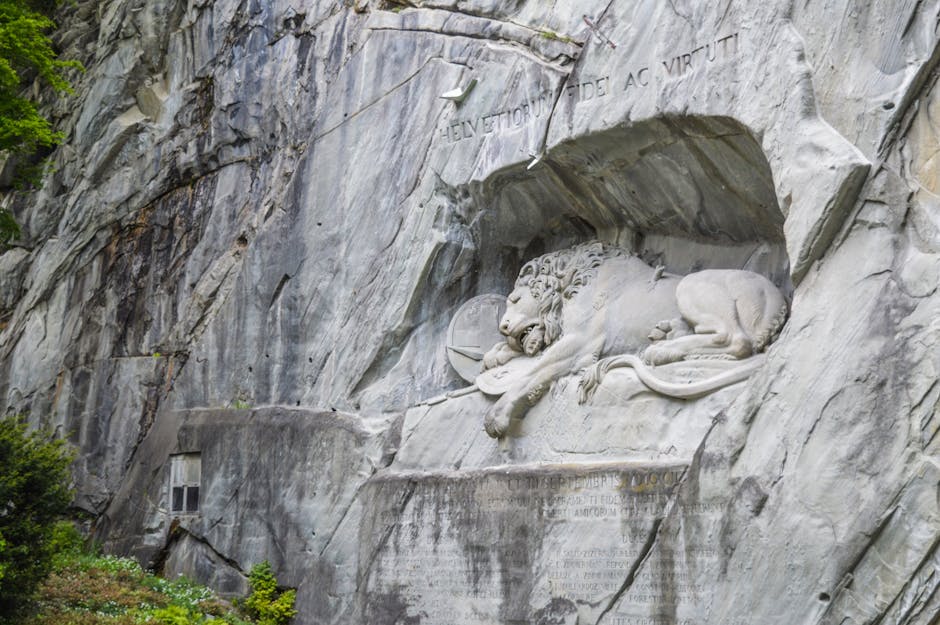
Ancient Rock Art: Unraveling the Secrets of Human History
Ancient Rock Art: Unraveling the Secrets of Human History
Ancient rock art is a window into the past, offering a glimpse into the lives, beliefs, and experiences of our ancestors. These intricate carvings, paintings, and engravings provide valuable insights into the history and culture of ancient civilizations.
Exploring ancient rock art sites is like embarking on a voyage through time. Each artwork tells a story, a visual narrative left behind by those who came before us. From the hauntingly beautiful cave paintings in Lascaux, France, to the ancient petroglyphs in Australia's Kakadu National Park, rock art offers a captivating window into humanity's past.
Ancient rock art often depicts scenes from daily life, mythical creatures, hunting expeditions, and spiritual rituals. These visual representations shed light on the cultural traditions, beliefs, and practices of ancient societies. They serve as a tangible link to our ancestors, allowing us to better understand the world they lived in and the ideas that shaped their existence.
The Significance of Rock Art
Rock art serves myriad purposes, each unique to the culture that created it. Some ancient rock art sites were used for religious or spiritual ceremonies, acting as sacred spaces where rituals were conducted and offerings were made. Other sites served as hunting grounds, displaying images of animals and providing clues about the fauna existing during that time.
Rock art can also communicate warnings or act as maps, guiding early travelers through treacherous landscapes. It showcases the creative abilities of ancient artists and acts as a testament to their ingenuity and skill. By studying the techniques and symbolism used in these artworks, archaeologists can piece together the story of our ancestors and gain further insights into the evolution of human history.
Techniques and Creation Process
The creation of ancient rock art involved meticulous skill, often utilizing simple tools like sharpened stones or bone implements. The chosen rock surfaces were carefully prepared, with loose debris removed and the surface smoothed to enable better adherence of pigments.
Various techniques were employed to create these timeless artworks. Painting was one of the most common methods, using pigments derived from natural materials such as vegetable matter, minerals, or even animal blood. Engraving involved incising images into rock surfaces, while bas-relief carving created shallow three-dimensional designs. A combination of these techniques was sometimes used to create multi-layered and detailed rock art pieces.
It is important to note that rock art sites are vulnerable to deterioration over time. Factors such as weathering, erosion, and human activities can contribute to the degradation of these fragile artworks. As custodians of our collective history, it is crucial to preserve and protect these sites, ensuring future generations can continue to explore and learn from them.
Exploring Ancient Rock Art Sites
Visiting ancient rock art sites is an awe-inspiring and educational experience. Many countries have designated national parks or protected areas that house these precious artworks. Guided tours and interpretive centers allow visitors to learn more about the significance and meaning behind the rock art.
Ancient rock art is a testament to human creativity and ingenuity. It presents an opportunity for us to connect with our ancestors and gain a deeper understanding of the tapestry of human history. By appreciating and preserving these remarkable creations, we can ensure their legacy endures for generations to come.
Indigenous-cultural-heritage
Archaeological-discoveries
Symbolism-in-ancient-art
Petroglyphs-and-pictographs
Evolution-of-artistic-expression
Landscape-and-environment-in-rock-art
Conservation-and-preservation-of-ancient-art-
Cultural-significance-of-rock-art
Rock-art-and-human-history
